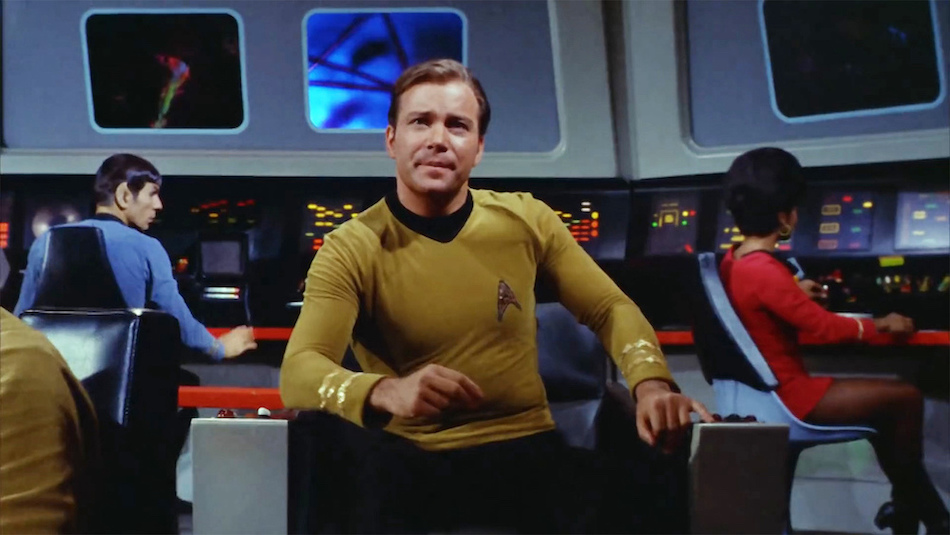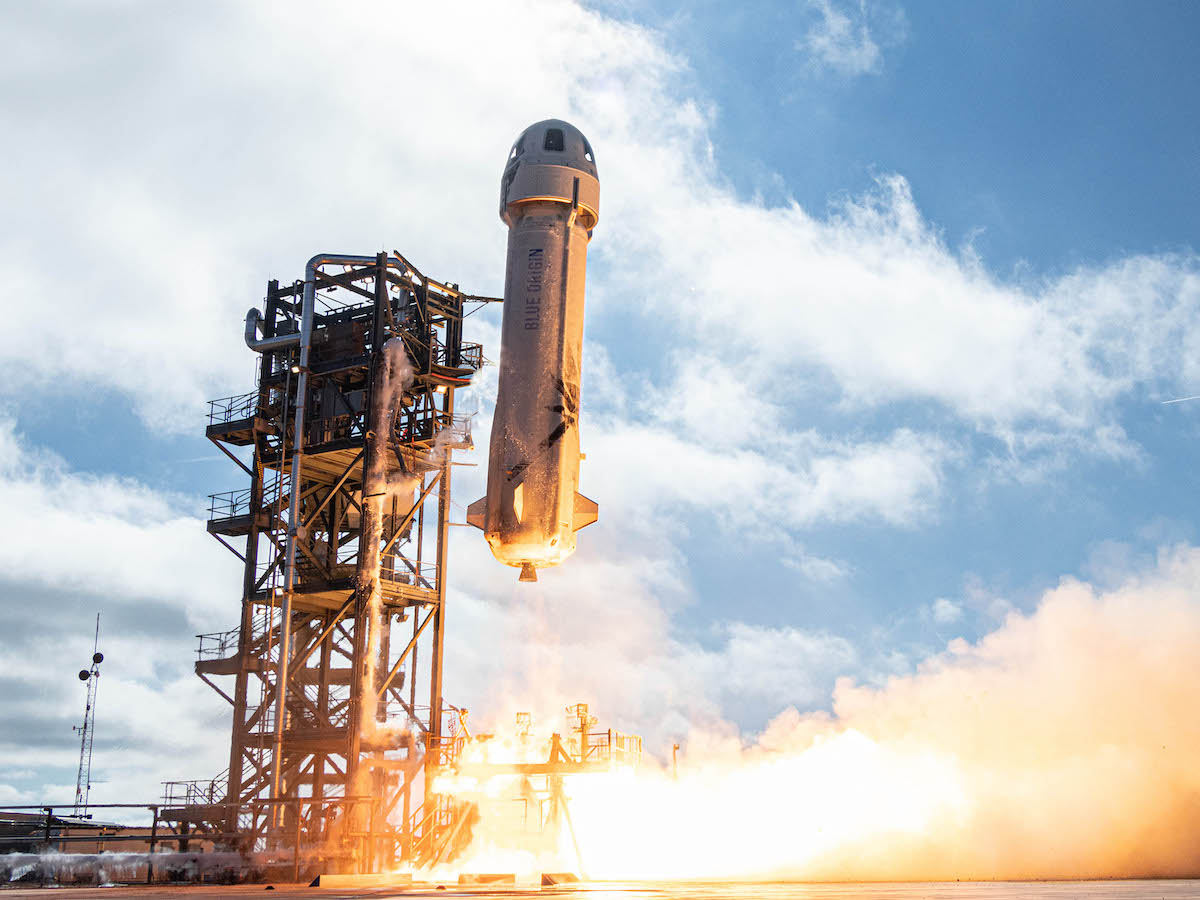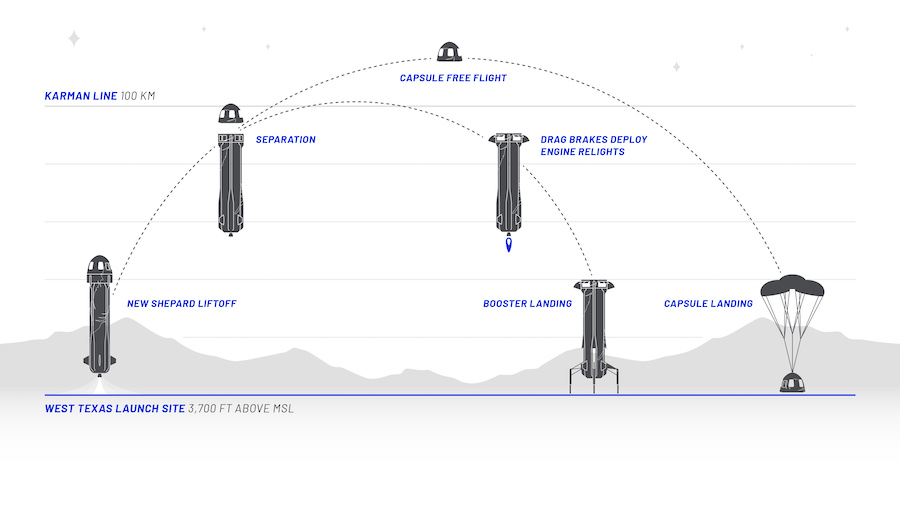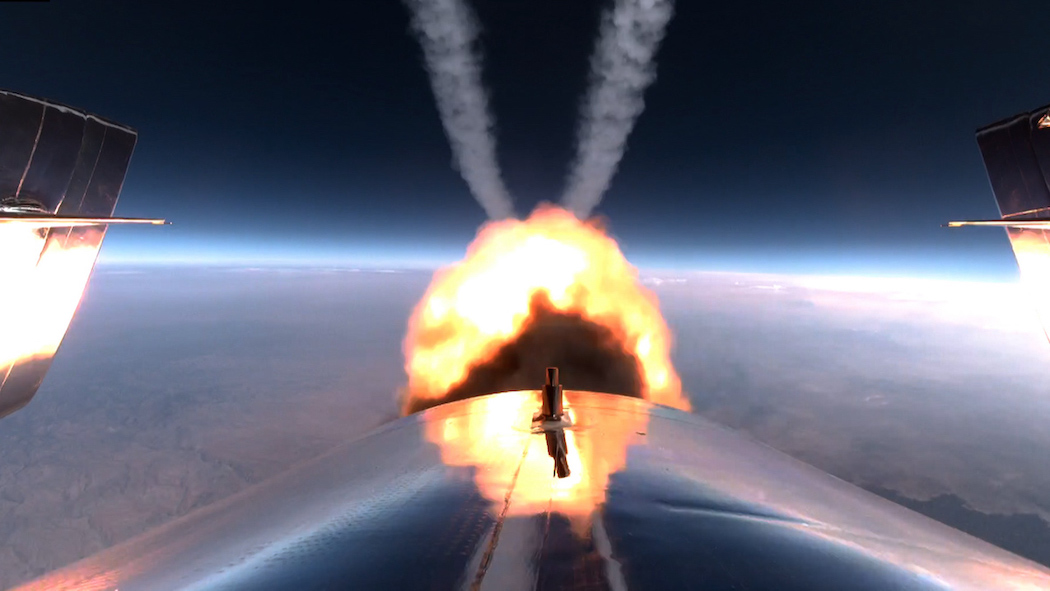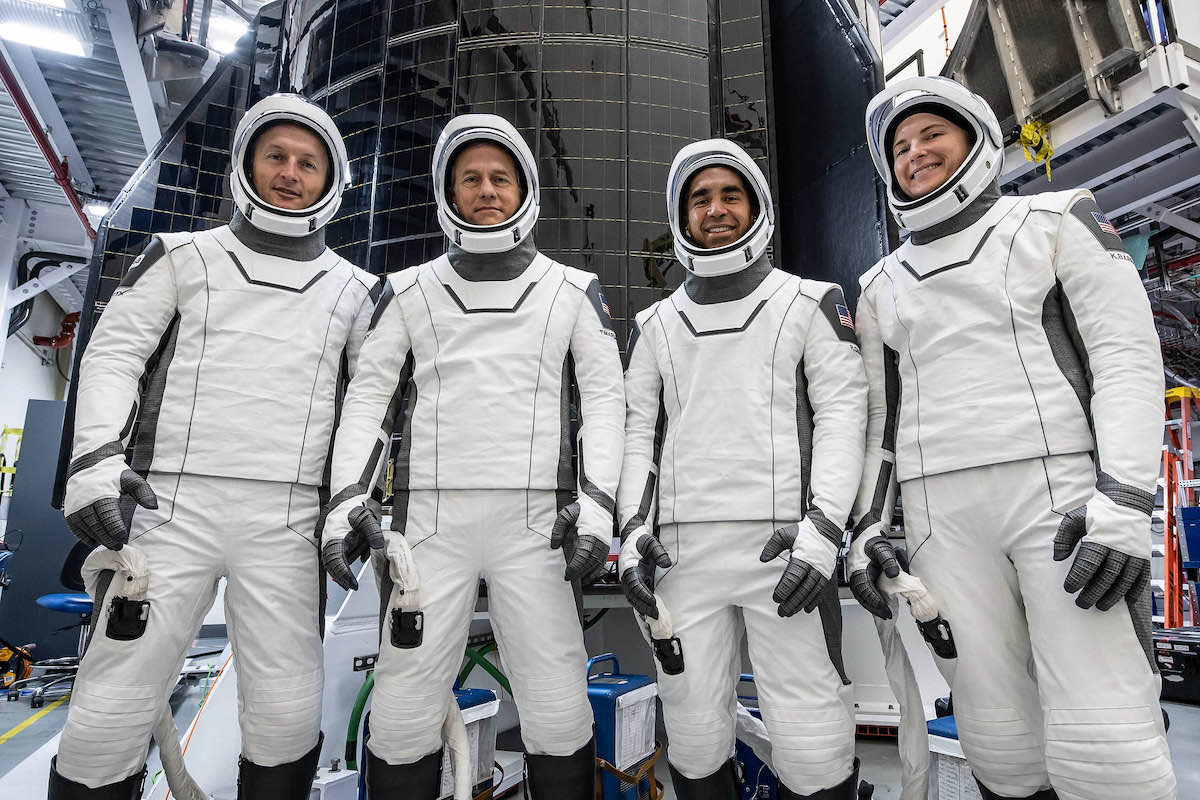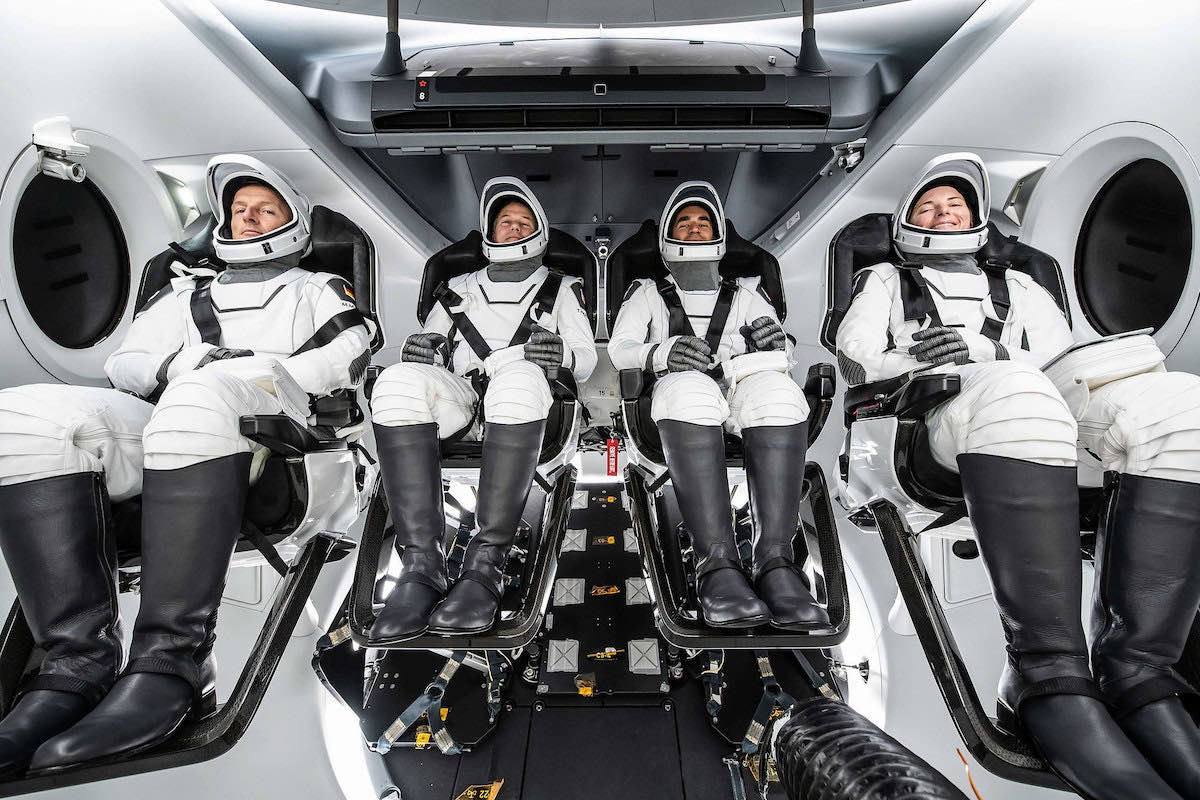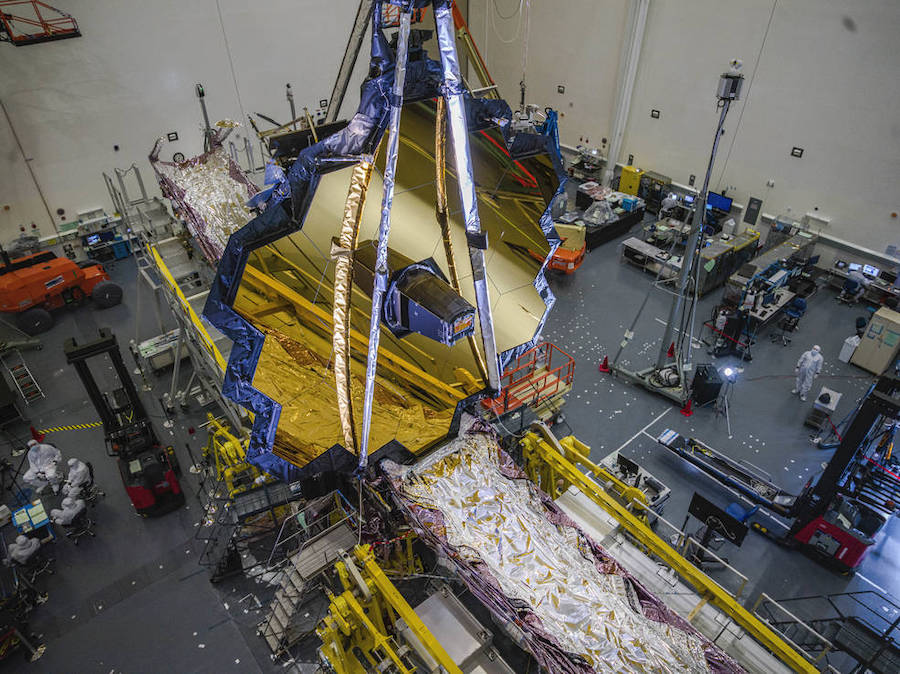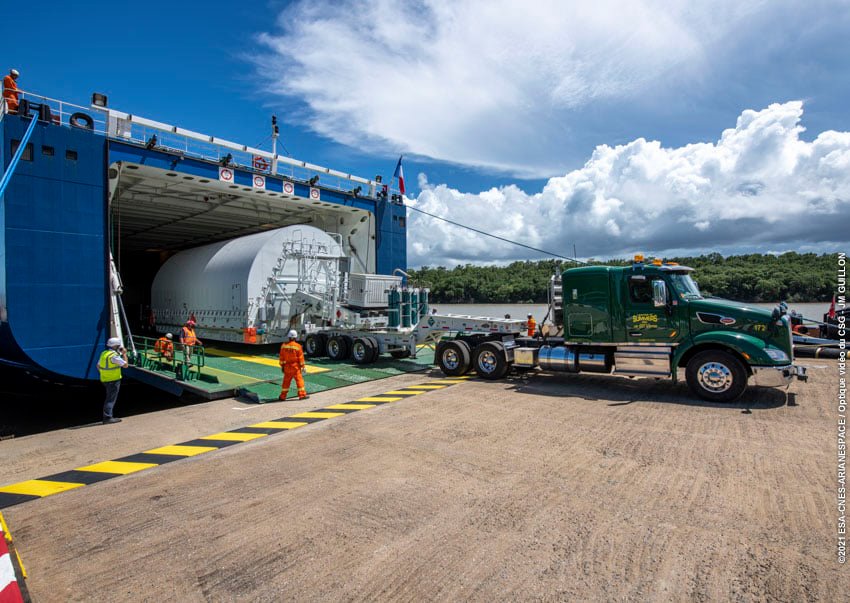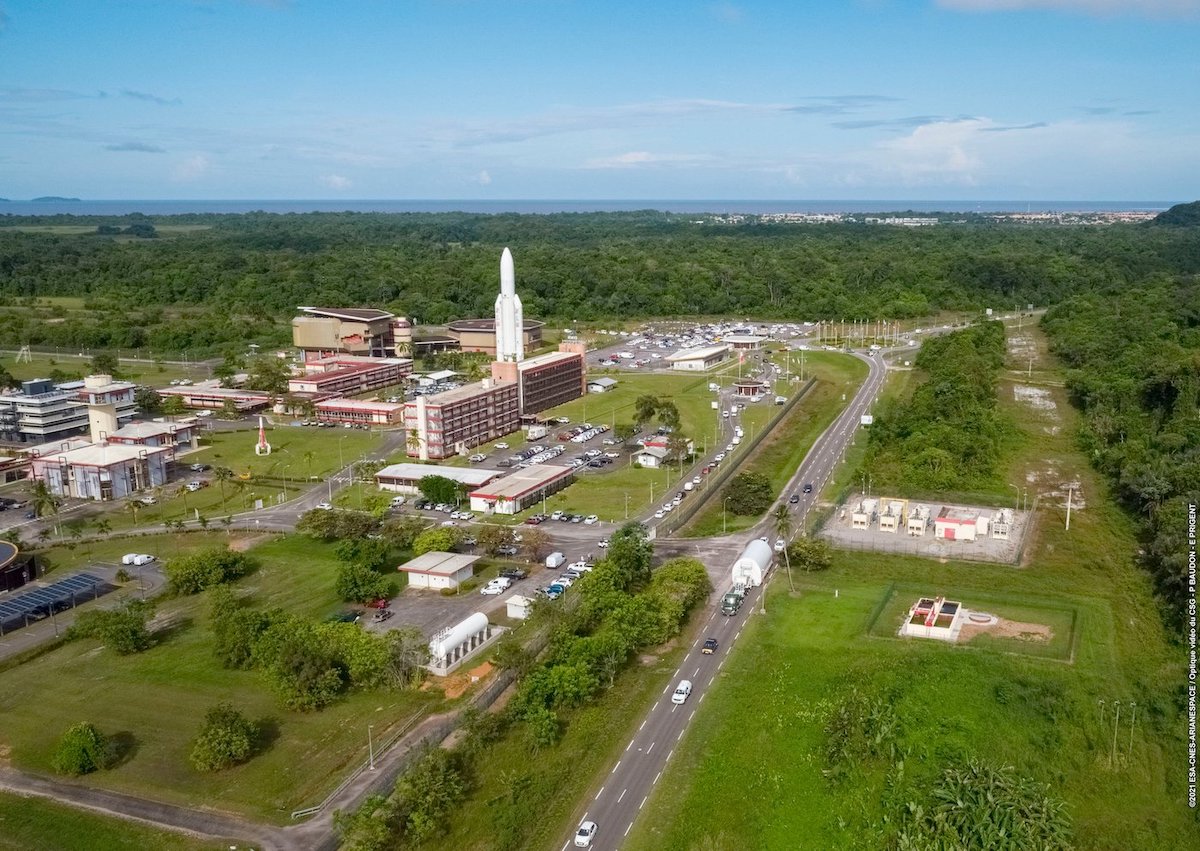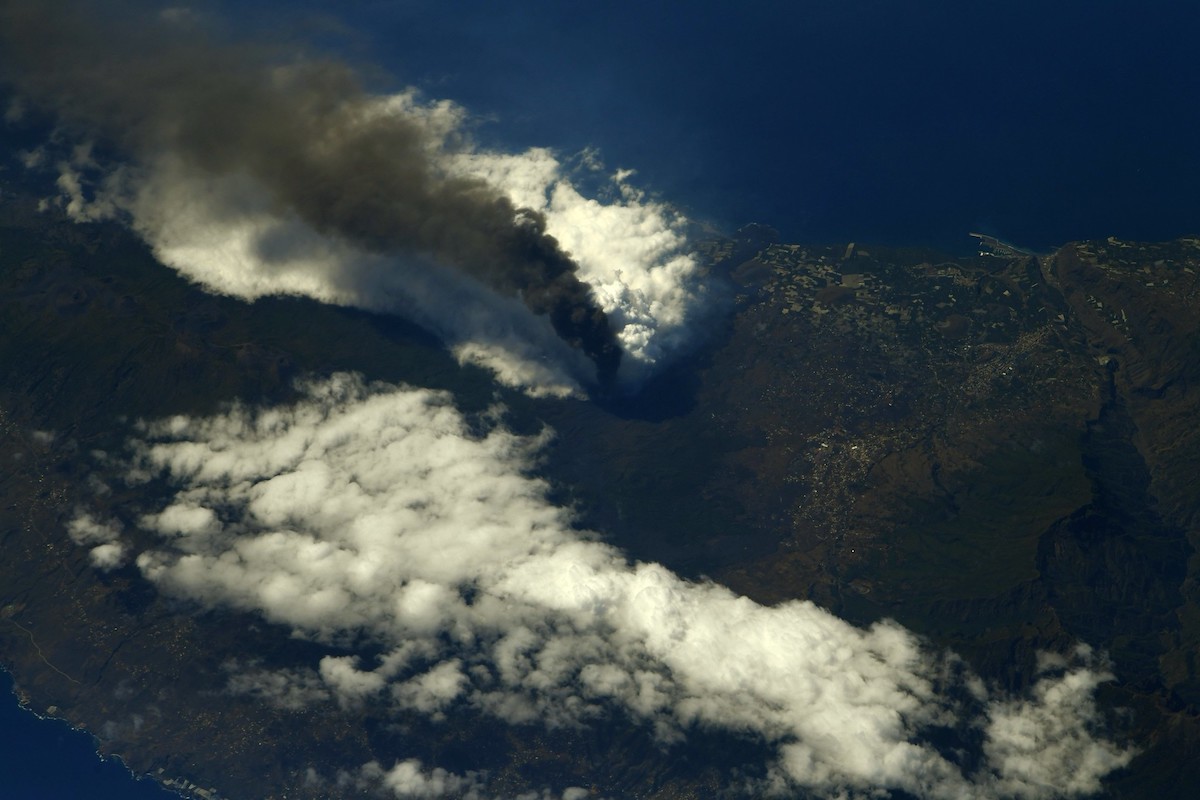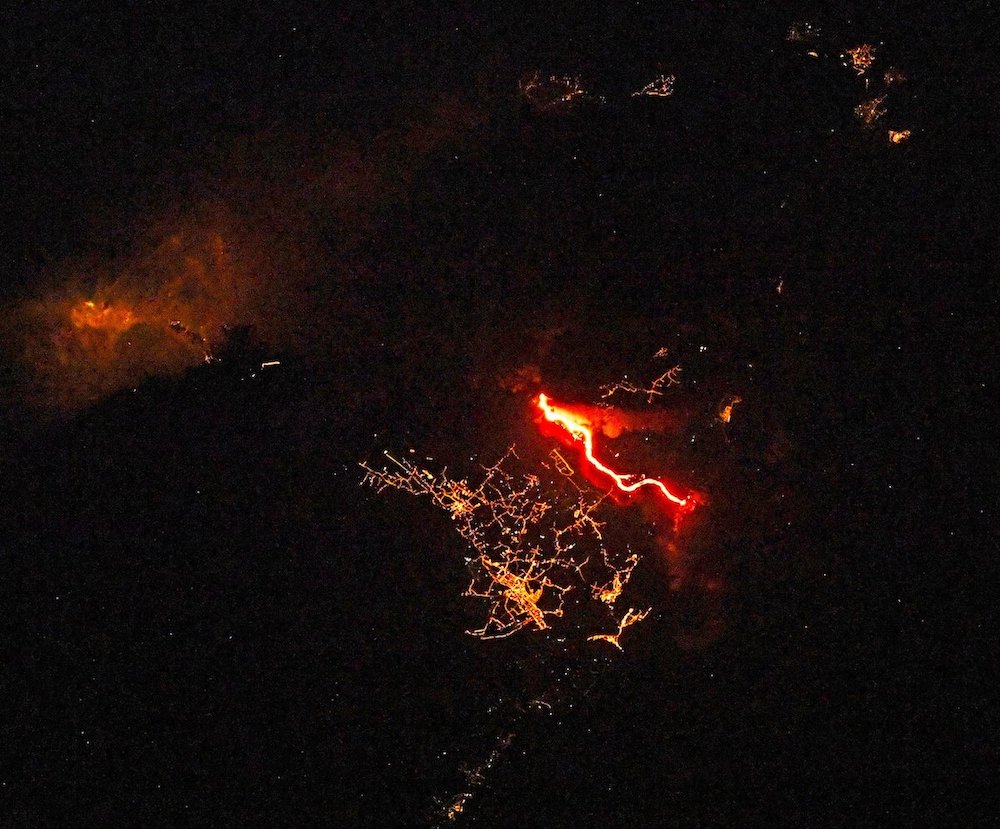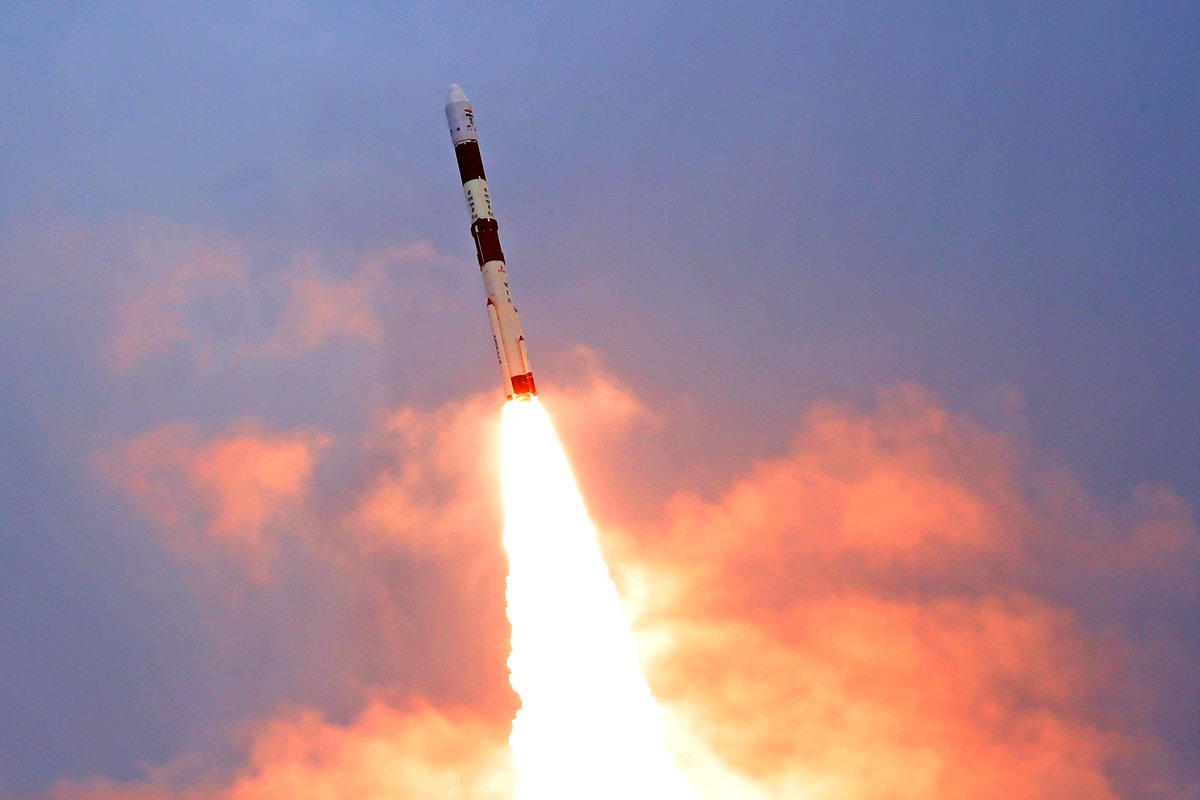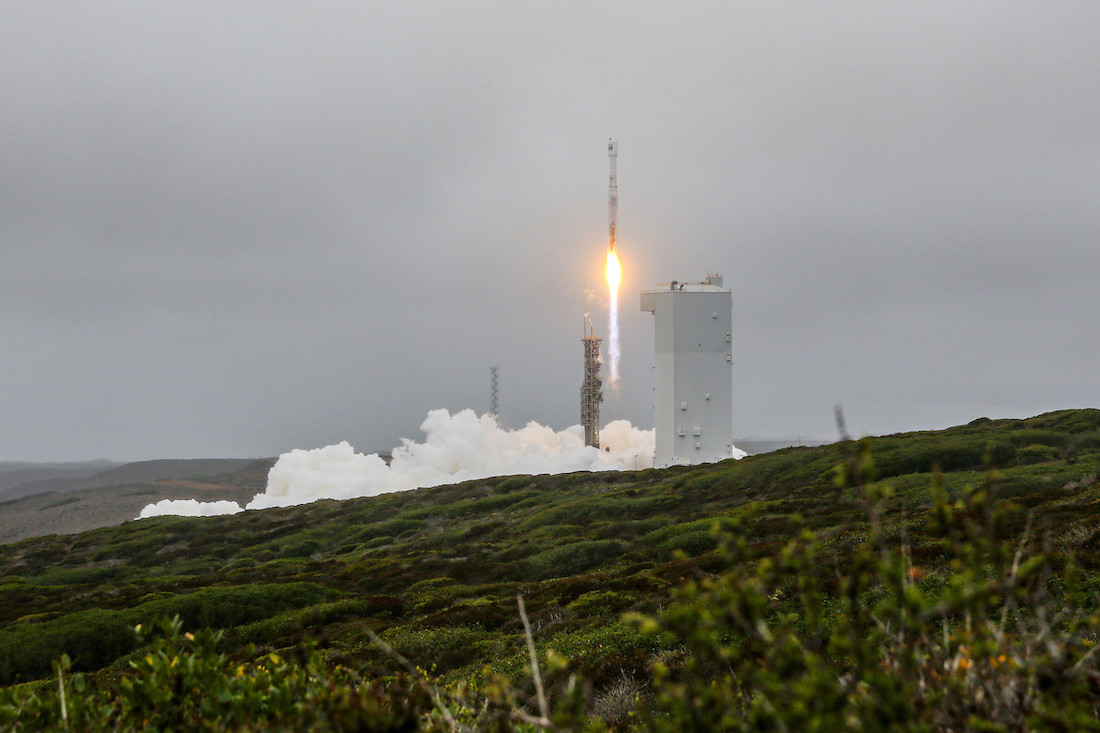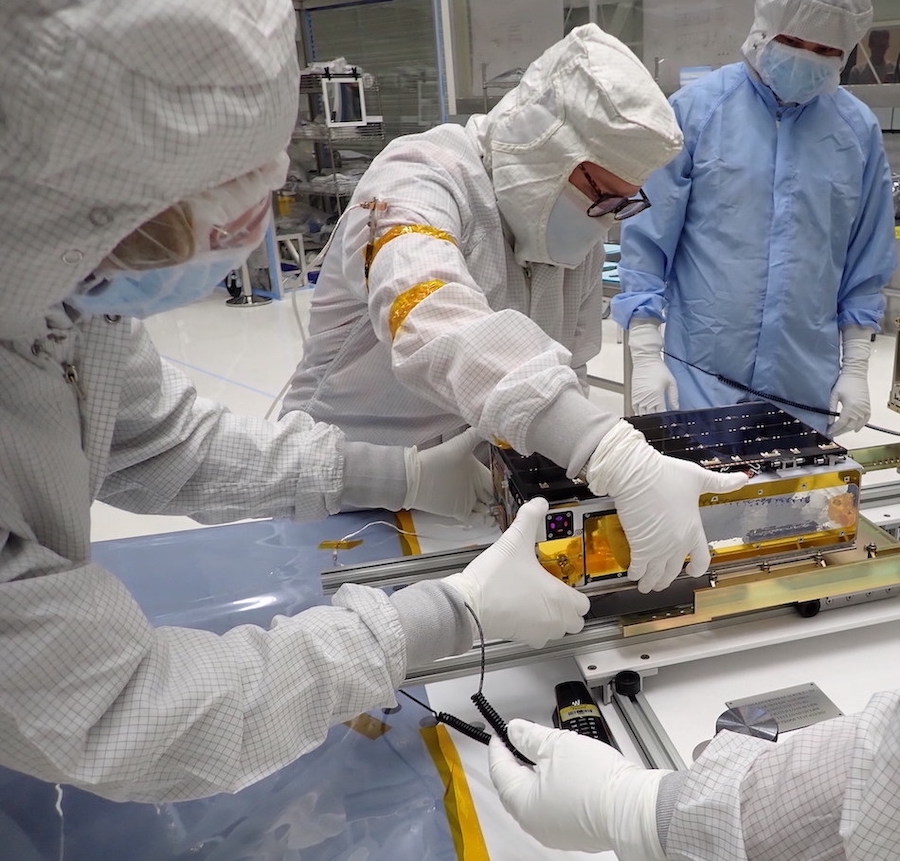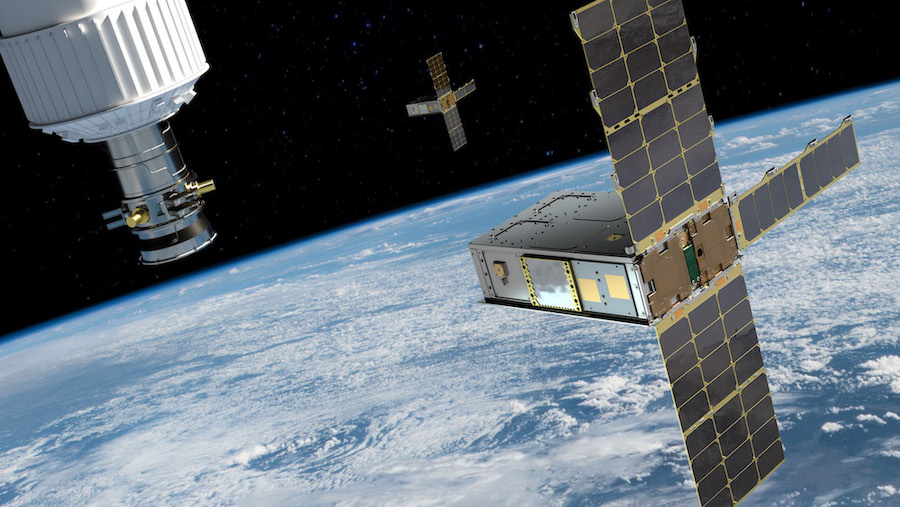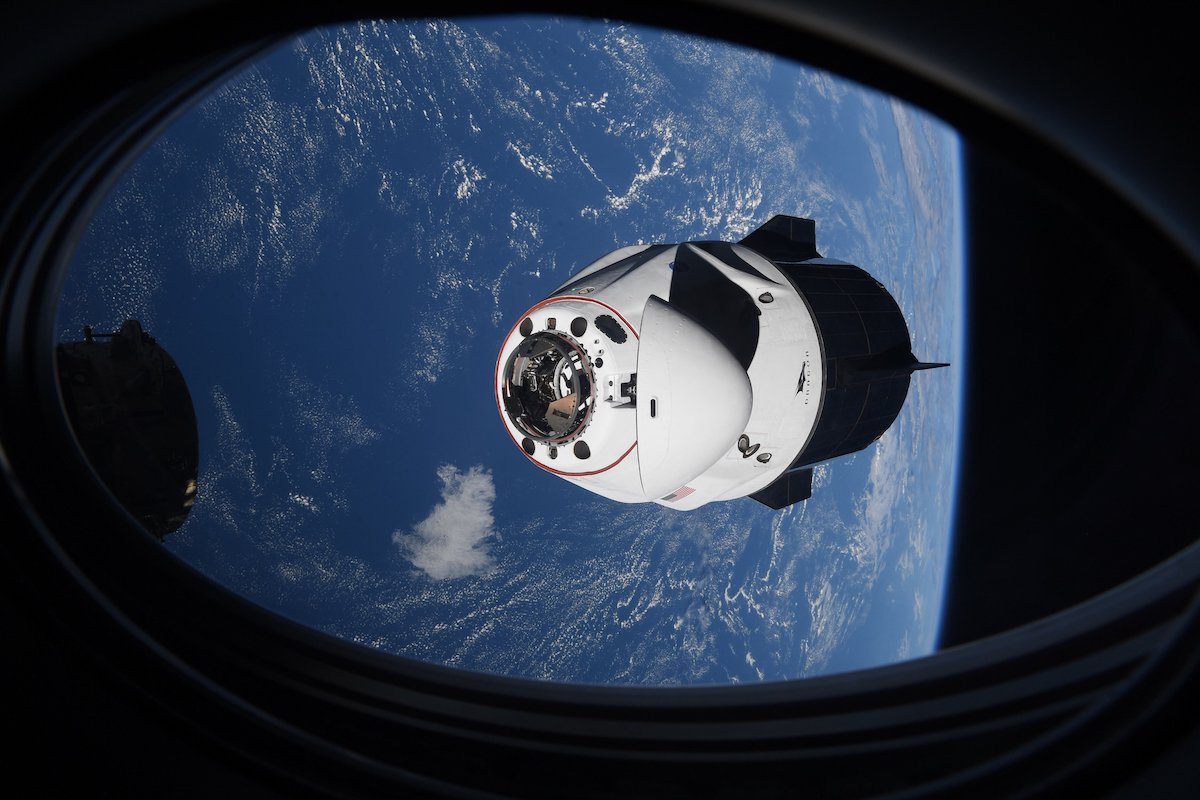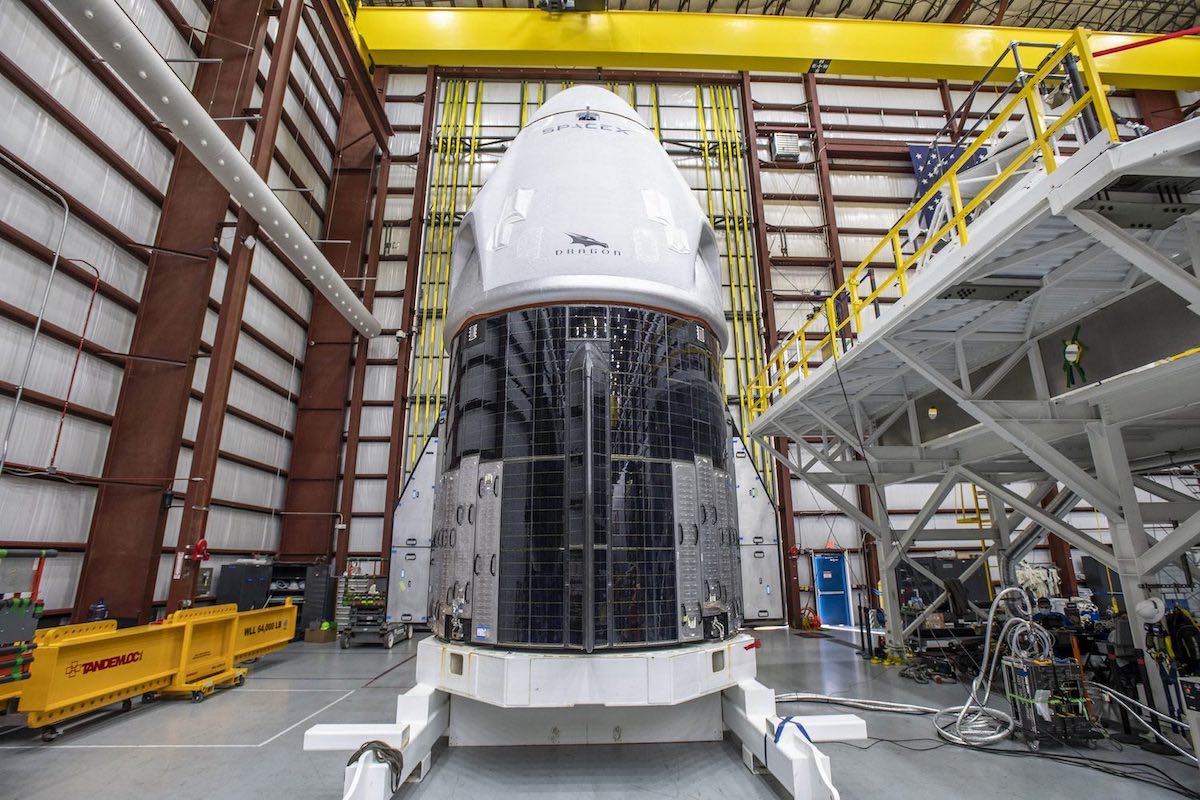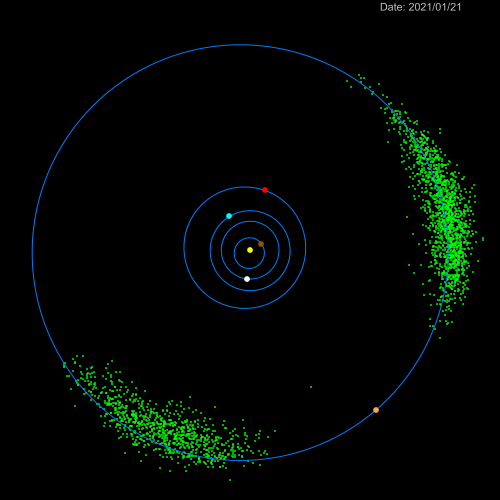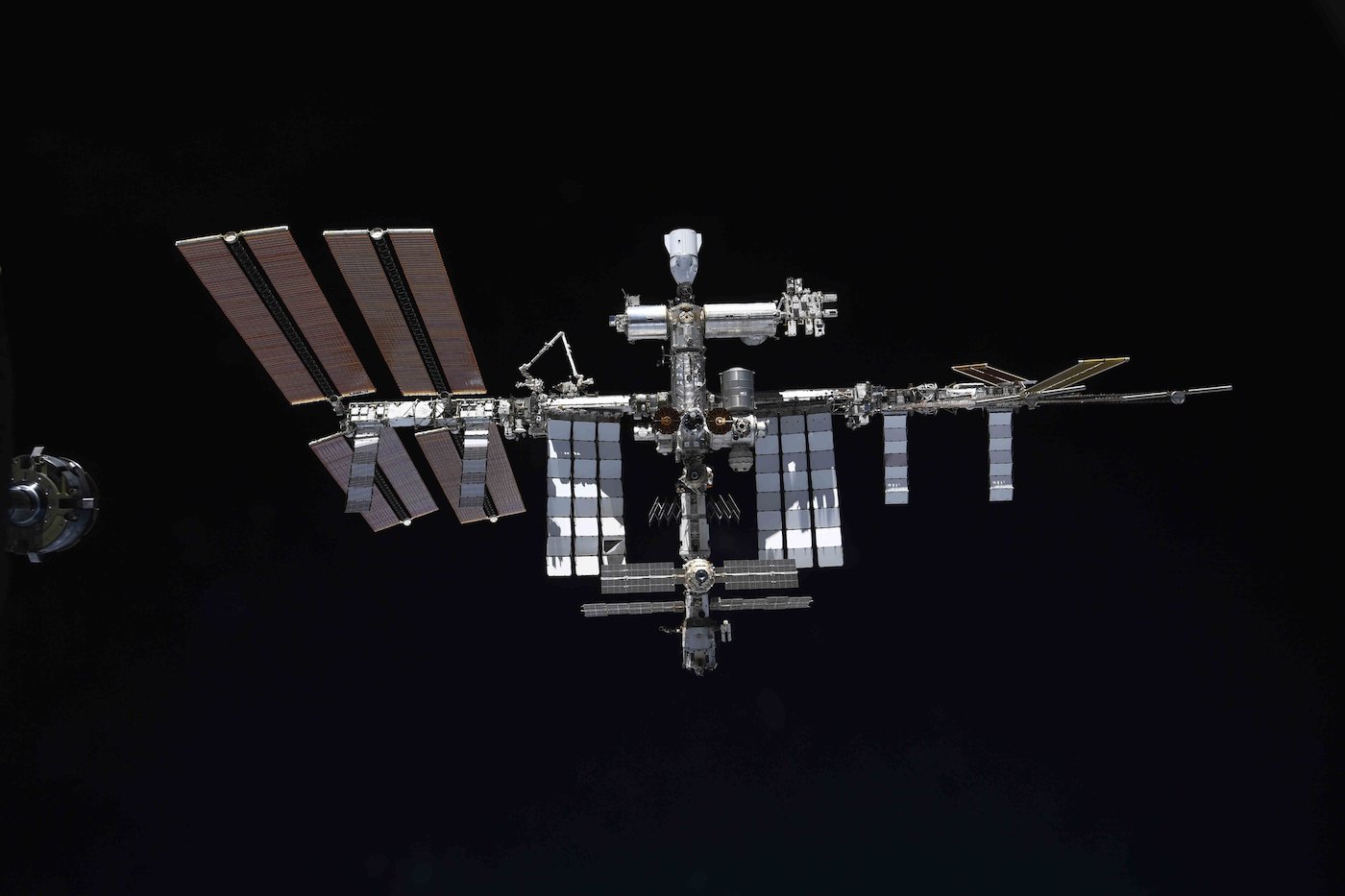STORY WRITTEN FOR CBS NEWS & USED WITH PERMISSION
Space industry entrepreneur Chris Boshuizen, actor William Shatner, Blue Origin vice president Audrey Powers, and businessman Glen de Vries pose in their flight suits ahead of their launch on a suborbital flight to the edge of space. Credit: Blue Origin
Fifty-five years after his debut as Captain Kirk in the cult-classic TV series Star Trek, William Shatner, now 90, is finally launching to the final frontier for real Wednesday, becoming the oldest person to fly in space courtesy of Jeff Bezos and his rocket company Blue Origin.
Shatner will join Australian Chris Boshuizen, founder of Earth-observation company Planet Labs, microbiologist Glen de Vries, and Blue Origin’s Audrey Powers for blastoff on a 10-minute up-and-down flight out of the discernible atmosphere to the edge of space.
Running a day late because of high winds, liftoff from Blue Origin’s West Texas launch site is targeted for 9:30 a.m. EDT
In an interview with Gayle King om CBS Mornings, Shatner joked he’ll be able to brag about being the oldest person to fly in space. But he said his actual motivation was “to have the vision, I want to see space, I want to see the Earth, I want to see what we need to do to save Earth.”
“I want to have a perspective that hasn’t been shown to me before,” he said. “That’s what I’m interested in seeing.”
If all goes well, the New Shepard will carry the crew to an altitude of just above 62 miles, the internationally recognized “boundary” between the discernible atmosphere and space. The passengers will enjoy three to four minutes of weightlessness — and jaw-dropping views — before a parachute descent to Earth.
William Shatner as Captain James T. Kirk. Credit: CBS/Paramount
“Yes, it’s true; I’m going to be a ‘rocket man!'” Shatner tweeted when Blue Origin revealed he was joining the crew.
“Welcome Mr. Shatner to our flight crew! We’re going to have so much fun this week!” Boshuizen tweeted back.
The flight will mark just the second crewed launch of a New Shepard capsule since Bezos, his brother Mark, 82-year-old aviation pioneer Wally Funk and Dutch teenager Oliver Daemen took off July 20 on the company’s first such flight.
Daemen will still hold the record for youngest person to fly in space after Tuesday’s launch, but Shatner will eclipse Funk’s record by eight years and John Glenn’s mark before that by 13.
“I’m looking forward to the whole thing,” Shatner told CNN’s Anderson Cooper. “Imagine being weightless and staring into the blackness and seeing the Earth, that’s what I want to absorb.”
But he added, smiling: “Things like that go up and boom in the night. It’s a little scary, I’ll tell you.”
File photo of a New Shepard launch in 2019. Credit: Blue Origin
Blue Origin’s medical requirements for passengers are relatively relaxed given the spacecraft is fully automated.
The most difficult challenges for 90-year-old Shatner likely will be climbing the seven flights of stairs required to reach the gangway to board the New Shepard capsule and then enduring more than five times the normal force of gravity during descent.
But Funk had no problems, and Blue Origin officials presumably expect the same for Shatner.
The mission marks the sixth piloted commercial, non-government sub-orbital spaceflight in a high-stakes competition between Bezos’ Blue Origin and Virgin Galactic, owned by fellow billionaire Richard Branson.
Virgin has launched four piloted flights of its winged spaceplane VSS Unity, most recently sending up Branson, two pilots and three company crewmates on July 11. At least one more flight is planned this year, with three researchers on board representing the Italian air force, before commercial passenger flights begin next year.
Blue Origin followed up the Bezos flight by launching a suite of NASA experiments on an unpiloted mission Aug. 26. The flight Wednesday will be the company’s 18th overall and the second with passengers aboard.
Virgin Galactic is charging about $500,000 per seat. Blue Origin has not announced pricing for the New Shepard or how much Boshuizen and de Vries might have paid.
Shatner is flying as a guest of Blue Origin while Powers, a lawyer, a former NASA space station flight controller and Blue Origin’s vice president for missions and flight operations, is flying as a company representative.
CBS News recently reported allegations of safety issues from current and former Blue Origin employees, most speaking anonymously, including complaints about a “toxic” corporate culture. But Powers told King “that just hasn’t been my experience at Blue.”
“We’re exceedingly thorough,” she said. “I’ve worked on New Shepherd for eight years now in a variety of roles, and I can’t say enough about the team of professionals that work on this program. … Safety has always been our top priority. That has always been my experience here.”
Asked what she wanted to do most on the flight, Powers said in a Blue Origin video posted to Twitter “I plan to spend the majority of the time looking out the window.” Shatner agreed, saying “I plan to be looking out the window with my nose pressed against the (glass). The only thing I don’t want to see is a little gremlin looking back at me!”
He was referring to a now-classic episode of “The Twilight Zone” titled “Nightmare at 20,000 feet” in which Shatner, playing the part of an airline passenger, sees a gremlin on the plane’s wing. His frantic efforts to convince his wife and fellow passengers the gremlin is real instead convinces them he’s suffered a breakdown.
This diagram illustrates the flight profile for a typical New Shepard launch and landing. Credit: Blue Origin
James T. Kirk is Shatner’s most famous role and in the Blue Origin video, Powers was asked how excited she was to fly with the legendary starship captain.
“I don’t know if I’m more excited to be going to space with Denny Crane or with Captain Kirk,” she said, referring to Shatner’s portrayal of a lawyer in the TV series “Boston Legal.”
“But Denny Crane was on the verge of senility,” Shatner joked.
“That’s right!” Powers laughed. “We probably want the Captain Kirk version.”
“I think you’re better off with that guy,” Shatner replied.
Star Trek debuted in 1966 when NASA was still launching two-man Gemini spacecraft. The series was canceled after three seasons, but devoted fans turned it into a cult classic. NASA named its prototype space shuttle “Enterprise,” spin-off series were launched and Shatner starred in seven of the 13 feature-length Star Trek movies released to date.
While filming the original Star Trek for television, Shatner told Cooper, it was just dawning on people that astronauts would soon be flying to the moon.
“I would go down to Cape Kennedy from time to time during the series and I met all the astronauts and I was very impressed,” Shatner said. “When they went to the moon, I had reached (my) nadir, they were at the apogee. I was divorced, the show was canceled and I’m looking up there … and I’m lying in a cab trying to get some sleep because I have to perform the next day and I can’t afford a hotel room.
“So 55 years later, I wrote a song for this album that’s out there now called ‘Bill,’ and one of the songs is ‘So Far From the Moon.” It was all about that moment when I was looking at the sky, being so far from the moon, and here I am all this time later being a few thousand feet closer to the moon than you are.”
As might be expected, Shatner is the “star” of New Shepard flight 18, and that’s presumably just fine with crewmates Boshuizen and de Vries. Despite their professional and financial success, neither man has an entry in Wikipedia and both seem content to keep personal details personal.
Boshuizen, 44, is an Australian who holds a Ph.D. in physics from the University of Sydney. After a stint at NASA’s Ames Research Center in California, he co-founded Planet Labs, a company that pioneered the use of small “nanosats” and now operates the largest fleet of commercial Earth-observation satellites.
He also is a partner at DCVC, a “deep tech” investment company in San Francisco, and is a musician in his spare time, performing under the name “Dr. Chrispy.”
“I’m very excited,” he told King. “I’ve waited my entire life to do this. I think it’s pretty amazing that 2021 is the year that really the human race is finally starting to go to space at scale.
“I think we’ll look back at this date 50 years from now and go, wow, this really was a special time in history, just like the Wright brothers, when people started flying passenger planes. It’s really exciting to be part of history and I can’t wait to fly.”
De Vries, a private pilot in his spare time, was trained as a molecular biologist and co-founded Medidata Solutions, the most-used clinical research platform in the world. The company’s software has managed more than 25,000 clinical trials involving more than seven million patients. Dassault Systèmes acquired the company in 1999 for $5.8 billion.
“I am actually looking forward to seeing the Earth from a different perspective than I ever had before,” he said in the CBS Mornings crew interview. “I just can’t wait to stare out that window and feel differently about humanity and our planet than I’ve ever had the opportunity to before.”
COMPETING APPROACHES TO SUB-ORBITAL SPACEFLIGHT
